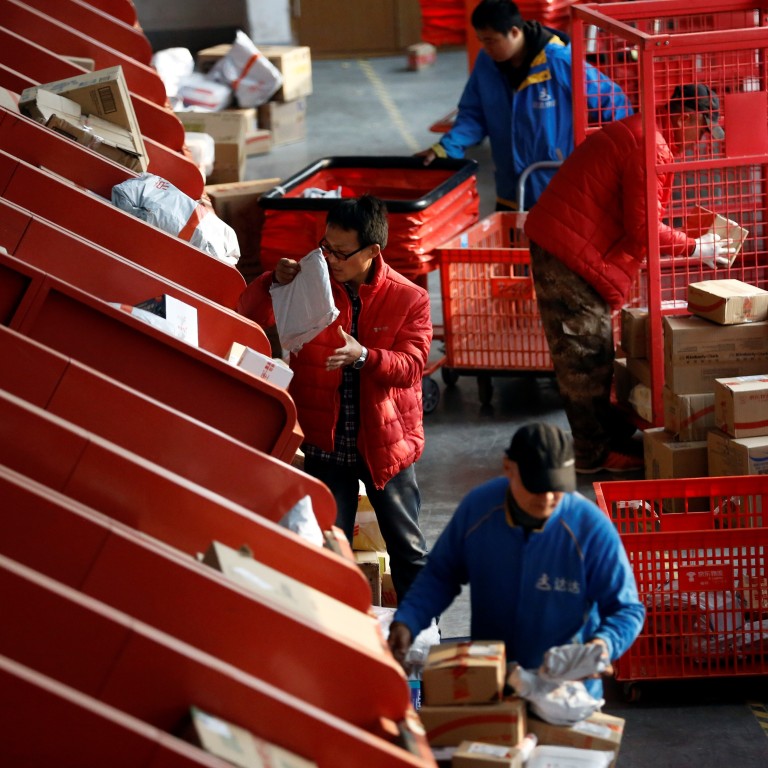
China unlikely to ease up on stimulus just yet even as economic recovery gathers pace in November
- China’s manufacturing and non-manufacturing purchasing managers’ indices, which measure economic sentiment, rose in November for the ninth month in a row
- The official manufacturing purchasing managers’ index (PMI) rose to its highest since September 2017, while the non-manufacturing PMI was the highest since June 2012
China’s economic recovery accelerated in November, according to data published on Monday, but Beijing is unlikely to ease up on its support measures just yet given the resurgence of the coronavirus pandemic in key trading partners and questions about the outlook for domestic employment, analysts said.
China’s non-manufacturing PMI – a gauge of sentiment in the services and construction sectors – rose to 56.4 from October’s reading of 56.2. Analysts had forecast a drop to 56.0.
Both supply and demand are booming
“Both supply and demand are booming,” said Li Chao, chief economist at Zheshang Securities.
The official manufacturing PMI reading was the highest since 52.4 in September 2017, while the non-manufacturing PMI was the highest reading since 56.7 in June 2012.
Within the non-manufacturing PMI, the subindex for the construction sector rose to 60.5 in November from 59.8 in October; while the service sector business activities index rose modestly to 55.7 from 55.5.
A reading above 50.0 indicates growth in sector activity, while a reading below represents contraction.
Nomura’s China economic research team, led by Ting Lu, also forecast an improvement in the fourth quarter growth rate but to a more modest 5.7 per cent.
The Nomura team cautioned on the possibility of an extended coronavirus resurgence in the United States and Europe, which could dampen demand for Chinese personal protective equipment (PPE) and work-from-home supplies that have boosted exports in recent months “if the purchasing power in overseas economies diminishes and they adjust their manufacturing production to the new normal”.
On the other hand, the introduction of new vaccines globally could lead to the final suppression of the coronavirus, they said, which would boost the Chinese services sector but have a negative impact on China’s PPE and work-from-home exports, they added.
We expect policymakers are unlikely to shift to a tightening stance any time soon
“Thus, we expect policymakers are unlikely to shift to a tightening stance any time soon [due to continued questions about the employment outlook],” she said.
“Labour market pressure persists and the recovery in the private sector is still lagging behind. The employment subindex for the services sector showed a deeper contraction this month, highlighting that the recovery is still under way. And while the manufacturing employment index increased, it remained below the waterline indicating contraction,” Xin noted.
The manufacturing sector employment subindex rose to 49.5 in November from 49.3 in October, according to the PMI data, meaning factories continued to shed workers, though at a slower pace that previously. However, the services sector employment subindex dropped to 48.9 from 49.4, indicating an acceleration in sector job cuts, the data showed.
The Nomura economists agreed that the People’s Bank of China was likely to maintain its current monetary stance in the coming months, “neither easing further or starting to tighten”. Instead, China’s central bank will continue injecting liquidity into the banking system to maintain relatively stable credit growth.

